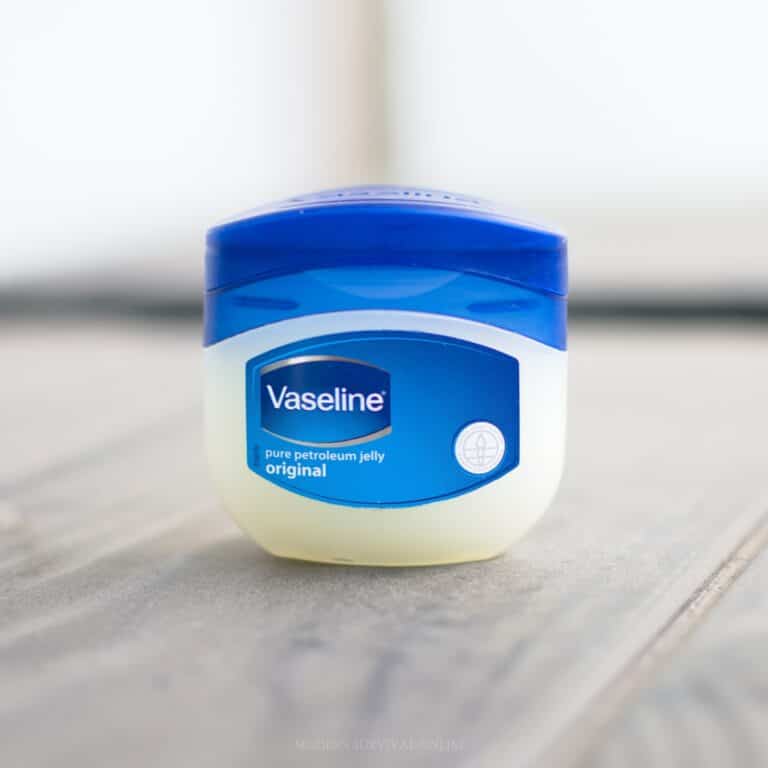
Introduction
When it comes to fire safety, it's important to understand the flammability of the materials and supplies we keep in our homes. One common household item that may raise questions is petroleum jelly, commonly known as Vaseline. In this article, we'll explore whether petroleum jelly is actually flammable and discuss its potential fire risks.
Is Petroleum Jelly Combustible?
Contrary to popular belief, petroleum jelly is not considered combustible. While combustible materials may ignite at higher temperatures, petroleum jelly does not meet the strict definition of flammability according to the NFPA or OSHA. Therefore, you can rest assured that storing petroleum jelly in your home does not pose a significant fire risk.
But Petroleum Jelly Has Petroleum. Doesn't it Burn?
Although petroleum jelly is derived from petroleum, the refining process it undergoes significantly reduces its flammability. While crude petroleum is highly flammable, the extensive refining and processing of petroleum jelly alters its properties. As a result, petroleum jelly is not as combustible as one might expect.
Does Petroleum Jelly Ignite at Any Temperature?
While petroleum jelly can ignite, it typically requires a direct flame or extreme heat to do so. Unlike some other substances in our homes, petroleum jelly does not burn easily or very well. Its high flash point, meaning it requires a much higher temperature to ignite, makes it a low fire risk.
Does Petroleum Jelly React with High Temperature?
When exposed to high temperatures, petroleum jelly undergoes a physical transformation rather than a chemical one. It shifts from its typical semi-solid state to a liquid one. While this change in form does not make it more flammable, it can make it easier to ignite if it comes into direct contact with fire. However, under normal circumstances, there is no cause for concern.
Petroleum Jelly Will Release Flammable Fumes at High Temperatures
According to the manufacturer of Vaseline, petroleum jelly will start to emit flammable vapors at temperatures around 400 °Fahrenheit or 205 °Celsius. However, these conditions are quite extreme and highly unlikely in everyday settings. Therefore, under normal storage conditions, there is no need to worry about the release of flammable fumes from petroleum jelly.
If Petroleum Jelly is Liquified, it Will Catch Fire More Easily
When petroleum jelly shifts from its usual jellied form to a liquid state, it becomes more prone to ignition. This poses subtle hazards, as the liquefied product can seep out of containers or spread across surfaces, potentially causing unexpected and hazardous fires. To prevent this, it is important to store petroleum jelly in cool, safe places and be mindful of nearby heat sources that may cause it to melt and run.
Will Petroleum Jelly Make a Fire Worse?
In small quantities, petroleum jelly is unlikely to significantly worsen a fire as it would burn up quickly. However, in larger quantities, such as a case of jars or a barrel of petroleum jelly, it can serve as a significant fuel source. If it melts and releases flammable vapors, it can greatly feed a fire. Therefore, it is crucial to handle and store large quantities of petroleum jelly with caution to prevent fire-related accidents.
Is Petroleum Jelly Reactive with Other Substances?
While petroleum jelly is generally safe and stable, it can react with strong oxidizers or concentrated oxygen. Under these circumstances, petroleum jelly can spontaneously combust. This is an important consideration in medical settings, particularly for patients undergoing oxygen therapy. It is essential to avoid applying petroleum jelly to the lips or nose of someone receiving oxygen treatment.
How Should You Deal with Petroleum Jelly Exposed to Fire?
If faced with a fire involving petroleum jelly, the most effective response is typically to use a dry chemical, chemical foam, or CO2 fire extinguisher. These types of extinguishers work by smothering the fire and cutting off the fuel ignition cycle. Water and water-based fire extinguishers can also be used, but they may be less effective as petroleum jelly repels water. It is always best to have the appropriate extinguisher for the task at hand to ensure the best outcome.
Conclusion
In conclusion, petroleum jelly, commonly known as Vaseline, is not highly flammable and does not pose a significant fire risk when stored in normal household quantities. While it can ignite under certain conditions and undergo a physical transformation when exposed to high temperatures, the likelihood of these scenarios occurring in everyday settings is low. By understanding the properties and behaviors of petroleum jelly, you can confidently use and store it without worrying about its flammability.
Disclaimer: This article is for informational purposes only and should not be considered as professional advice. Always follow proper safety guidelines and consult with experts in fire safety for specific concerns or situations.
The post Is Petroleum Jelly (Vaseline) Actually Flammable? appeared first on Modern Survival Online.
—————————————————————————————————————————————————————————————–
By: Tim Makay
Title: Is Petroleum Jelly (Vaseline) Actually Flammable?
Sourced From: modernsurvivalonline.com/petroleum-jelly-flammability/
Published Date: Mon, 30 Oct 2023 14:41:13 +0000

